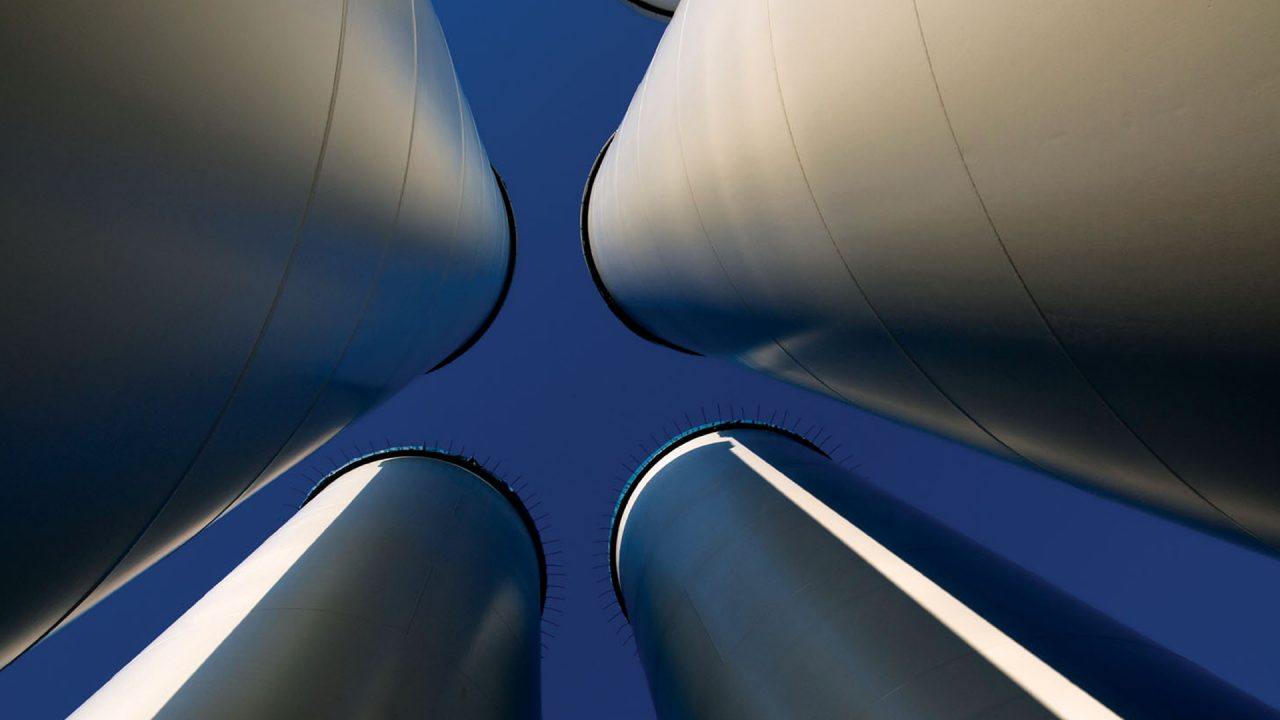

Waste and bioenergy
13 March 2017
The UK’s Energy from Waste (EfW) industry has enjoyed two decades of stable investment under the Public Private Partnership (PPP)/Public Finance Initiative (PFI) regime.
This has led to a reduction in the amount of biodegradable household waste sent to landfill via the construction of local authority-backed EfW plants and contributed to an increase in recycling rates by incorporating facilities that remove recyclables from the waste stream.
EfW plants are now an important part of the UK electricity mix as providers of reliable generating capacity totalling some 5.57 TWh of electricity per annum, with processes being refined to achieve greater efficiency.
A milestone was reached late last year that heralds a change in the EfW market, though. Wheelabrator’s Parc Adfer plant in North Wales, which reached financial close in December, is likely to be one of the last, if not the last PPP EfW project in the UK.
What does this mean for the industry? What next for the developers, investors and waste management companies that have grown accustomed to building out waste infrastructure underpinned by the security of local authority contracts?
The end of the PPP/PFI programme was clearly signposted, so the industry has already begun to shift its attentions to the commercial and industrial (C&I) waste market. On the face of it, the absence of long-term feedstock contracts presents a higher risk. But, with the prospect of significant volumes, this relatively untapped market presents the greatest growth opportunity for EfW.
It is estimated that up to 6.8 million tonnes of suitable residual waste is available every year between now and 2025 and the case for utilising it to produce energy is compelling. A few merchant facilities have already been financed and have entered construction in a bid to capitalise on conditions, but external factors are already reshaping the market.
For example, some 3.0 million tonnes of residual waste is currently being exported as refuse-derived fuel to the continent each year. If regulatory and political developments make this more expensive then the conditions for domestic development of further residual waste treatment facilities becomes much more attractive.
In theory, the next Contracts for Difference (CfD) auction could be an important driver for the build-out of new EfW projects. However, the large pipeline of eligible projects across different technologies vying for a CfD make the process extremely competitive, particularly if the dramatic cost reductions achieved by offshore wind in recent auctions in Europe are mirrored in the UK.
Developers will be faced with the difficulty of setting a bid price that (a) has a chance of success at auction and (b) supports the economics of their projects and attracts finance. Even if EfW can compete on price, the total capacity allocated to fuelled technologies using advanced conversion technology or biomass to combined heat and power will be restricted to 150 MW in the forthcoming round.
With that backdrop, some established developers are now progressing with EfW plants on a subsidy-free basis. What was once regarded as a risky pipe dream could become the new normal as we see an increasing number of projects developed without the underpinning of Renewables Obligation (RO) revenues or a CfD.
The production of renewable heat is another avenue that could, and probably should be explored by the EfW industry as the Government increasingly focuses its decarbonisation efforts on heating buildings and industry. While a number of recent EfW plants have been constructed on a ‘CHP ready’ basis, only a handful of them have offtake agreements in place to tap into potential revenues.
The ambition of Government is to see EfW facilities connected to urban district heating networks, following a model that is commonplace on the Continent. But while many developers would point to the planning, financial and coordination challenges of locating EfW plants near existing or proposed heat networks, they should not preclude the opportunity for heat supply where possible.
Industrial and commercial sites can be important customers for heat, as demonstrated by Wheelabrator’s Kemsley CHP plant in Kent which will supply renewable heat to DS Smith’s Kemsley Paper Mill. Other projects can be developed in anticipation of industries relocating their operations to be within reach of these large, untapped sources of energy.
So, the New Year ushered in a new era for EfW infrastructure. Cultivating the C&I market, developing subsidy-free projects and improving prospects for renewable heat networks are opportunities disguised as challenges. If addressed effectively, they present a viable way of managing the nation’s unrecyclable waste while generating the affordable low-carbon energy needed to build a more productive UK economy.
This article was first published by Recycling & Waste World on Friday 10 February 2017.